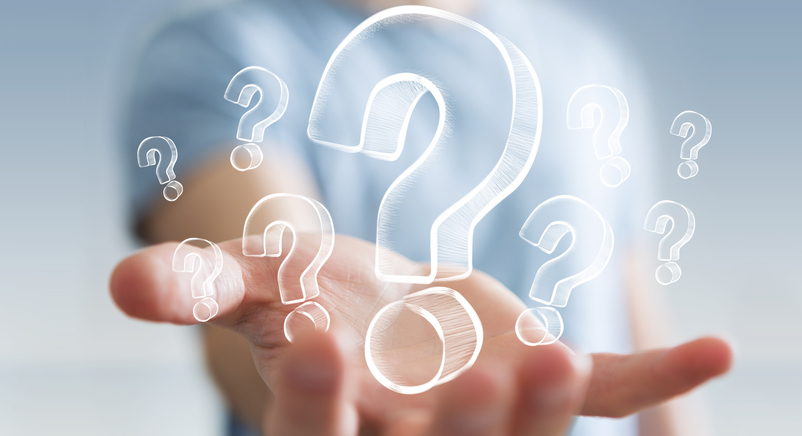OBERLIN, Ohio — Synapse Biomedical Inc. has raised more than $433,000 from investors on its way to $1.2 million to repay debt and get ready to supply its diaphragm pacing techn0logy to a new market: ALS patients.
Launched in 2002, Synapse Biomedical has developed and commercialized NeuRx DPS, a device that enables paralyzed people — like late actor Christopher Reeve, rendered a quadriplegic by a horseback riding accident – to breathe on their own without using a mechanical ventilator.
NeuRx — a set of implanted electrodes and a battery-powered pulse generator worn outside the body — was developed over two decades at Case Western Reserve University and University Hospitals Case Medical Center in Cleveland. The device causes the diaphragm to contract, drawing air into the lungs to emulate natural breathing.

With the Rise of AI, What IP Disputes in Healthcare Are Likely to Emerge?
Munck Wilson Mandala Partner Greg Howison shared his perspective on some of the legal ramifications around AI, IP, connected devices and the data they generate, in response to emailed questions.
This breathing action enables patients to avoid the complications of mechanical ventilators, which force air into the lungs, causing a host of problems. The device can dramatically improve the quality of life for patients and slash costs for insurers and the nation’s health care system.
In June 2008, the U.S. Food and Drug Administration approved NeuRx for sale to spinal cord injury patients through a Humanitarian Device Exemption, which is for devices that have limited markets. For instance, fewer than 4,000 U.S. spinal cord injury patients per year need long-term help from a mechanical ventilator.
The Oberlin company applied last fall for a second humanitarian exception to sell NeuRx to patients who have amyotrophic lateral sclerosis, better known as ALS or Lou Gehrig’s disease, a fatal neurological disease that slowly paralyzes patients’ muscles. The ALS market is a bigger market, said Tony Ignagni, its president and chief executive.
Synapse Biomedical plans to use the money it raises during the reopening of its C Round of financing to repay about $700,000 in debt and to prepare the company to enter the ALS market, Ignagni said.
In late 2008, Synapse Biomedical suspended  its C Round because of crises in the economy and financial markets. Instead of raising new equity, the company raised some debt from existing investors, Ignagni said.
Despite the financial challenges, Synapse ended 2009 with its first annual profit and saw its 300th device implanted, he said. The company is doing feasibility studies for using its device in a third market: Intensive care unit patients who because of illness or trauma are unable to breathe on their own.
In March, the company will celebrate the 10th anniversary of its first patient to receive NeuRx, Ignagni said.














